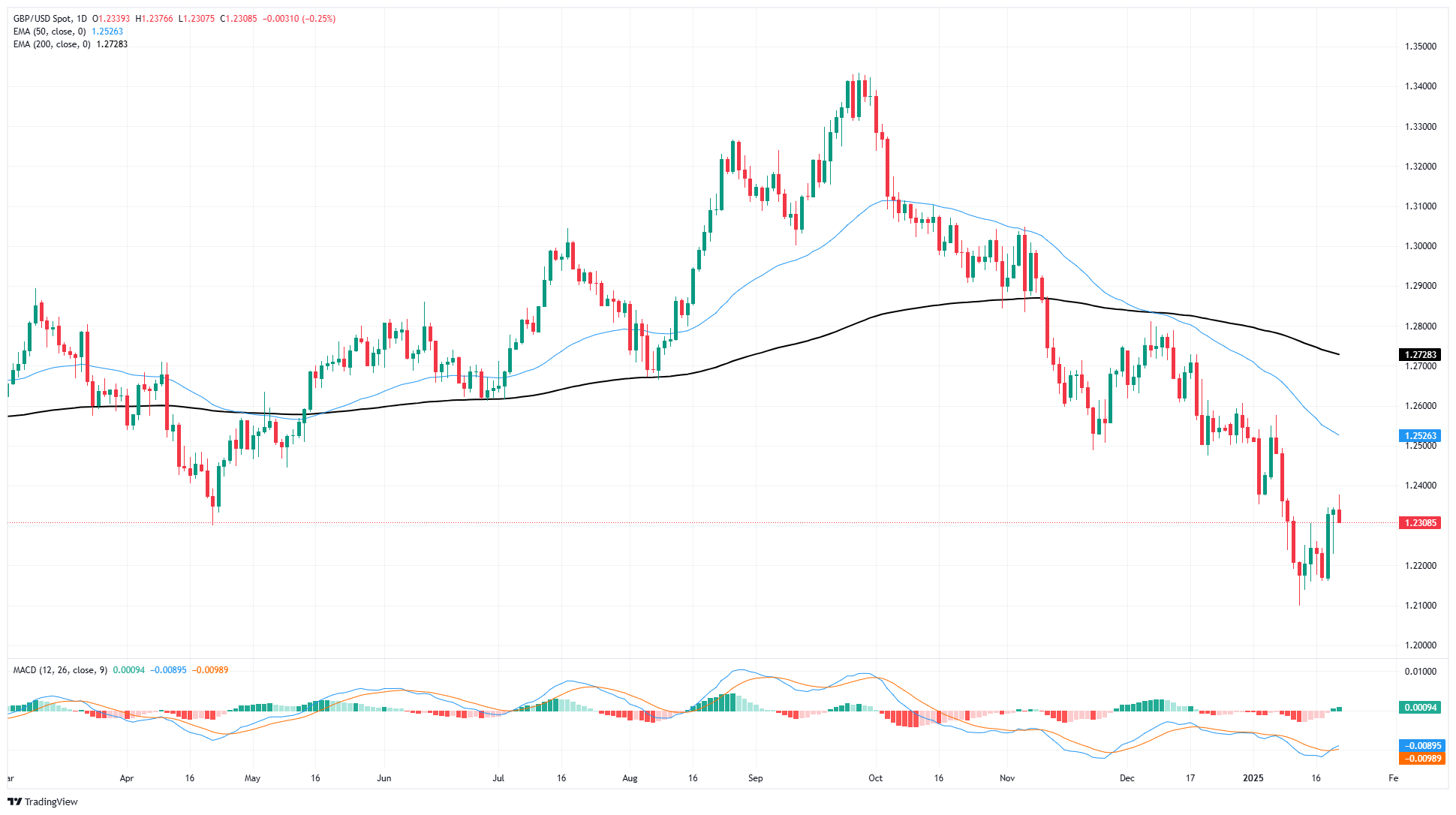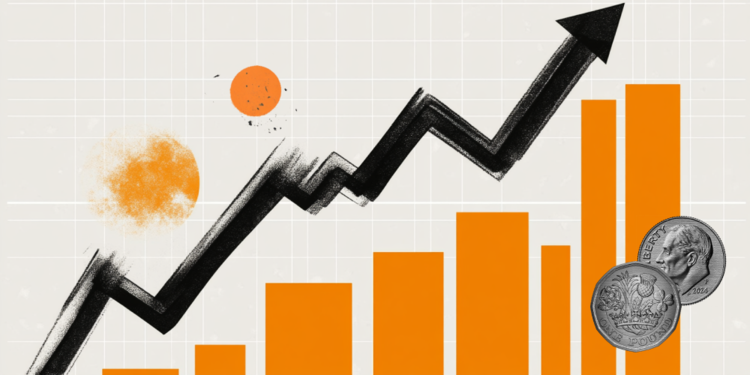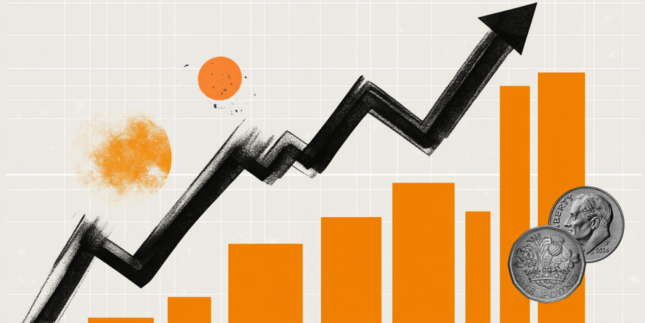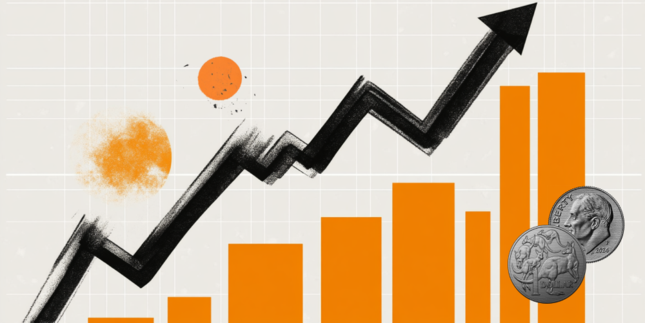GBP/USD eases back as markets tiptoe through the midweek
- GBP/USD gave back a fifth of a percent on Wednesday.
- It’s a slim schedule on the data docket for Thursday.
- Investors are awaiting Friday’s PMI double-header from both the UK and the US.
GBP/USD softened on Wednesday, easing back around one-fifth of one percent as markets await a decisive trigger to tilt risk appetite one way or another. Markets are hunkering down during a slow midweek gap between key data releases, and Purchasing Managers Index (PMI) figures are the light at the end of this week’s tunnel.
With Thursday slated to be a low-tier release day, Cable traders will be pivoting to focus on Friday’s S&P Global PMI figures due on both sides of the Atlantic. Both UK and US PMI business activity survey results for January are expected to come in mixed this week, with the services components expected to tick down and manufacturing to recover, albeit slightly. PMI figures generally have a limited impact unless figures come in wildly out of sync with forecasts, but survey respondent rates tend to be on the low side, and the overall figures should be taken with a grain of salt.
GBP/USD price forecast
GBP/USD has been making a slow, steady recovery after tumbling to 15-month lows near 1.2100 recently, but bulls are struggling to push bids past the 1.2400 handle. Price action has chalked in a firm technical support level near the 1.2200 region, but a descending 50-day Exponential Moving Average (EMA) near 1.2500 is making it difficult for any bullish moves to develop long legs.
GBP/USD daily chart
Pound Sterling FAQs
The Pound Sterling (GBP) is the oldest currency in the world (886 AD) and the official currency of the United Kingdom. It is the fourth most traded unit for foreign exchange (FX) in the world, accounting for 12% of all transactions, averaging $630 billion a day, according to 2022 data. Its key trading pairs are GBP/USD, also known as ‘Cable’, which accounts for 11% of FX, GBP/JPY, or the ‘Dragon’ as it is known by traders (3%), and EUR/GBP (2%). The Pound Sterling is issued by the Bank of England (BoE).
The single most important factor influencing the value of the Pound Sterling is monetary policy decided by the Bank of England. The BoE bases its decisions on whether it has achieved its primary goal of “price stability” – a steady inflation rate of around 2%. Its primary tool for achieving this is the adjustment of interest rates. When inflation is too high, the BoE will try to rein it in by raising interest rates, making it more expensive for people and businesses to access credit. This is generally positive for GBP, as higher interest rates make the UK a more attractive place for global investors to park their money. When inflation falls too low it is a sign economic growth is slowing. In this scenario, the BoE will consider lowering interest rates to cheapen credit so businesses will borrow more to invest in growth-generating projects.
Data releases gauge the health of the economy and can impact the value of the Pound Sterling. Indicators such as GDP, Manufacturing and Services PMIs, and employment can all influence the direction of the GBP. A strong economy is good for Sterling. Not only does it attract more foreign investment but it may encourage the BoE to put up interest rates, which will directly strengthen GBP. Otherwise, if economic data is weak, the Pound Sterling is likely to fall.
Another significant data release for the Pound Sterling is the Trade Balance. This indicator measures the difference between what a country earns from its exports and what it spends on imports over a given period. If a country produces highly sought-after exports, its currency will benefit purely from the extra demand created from foreign buyers seeking to purchase these goods. Therefore, a positive net Trade Balance strengthens a currency and vice versa for a negative balance.
Forex News
Keep up with the financial markets, know what's happening and what is affecting the markets with our latest market updates. Analyze market movers, trends and build your trading strategies accordingly.




















